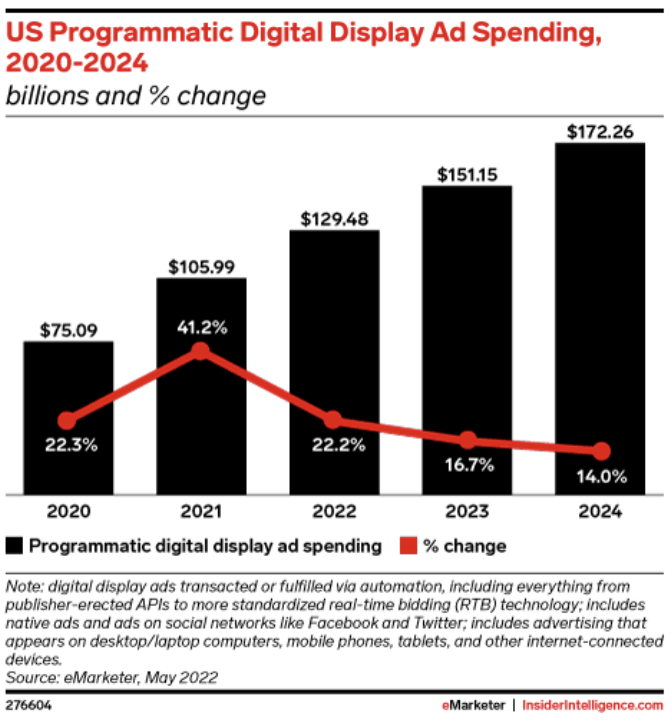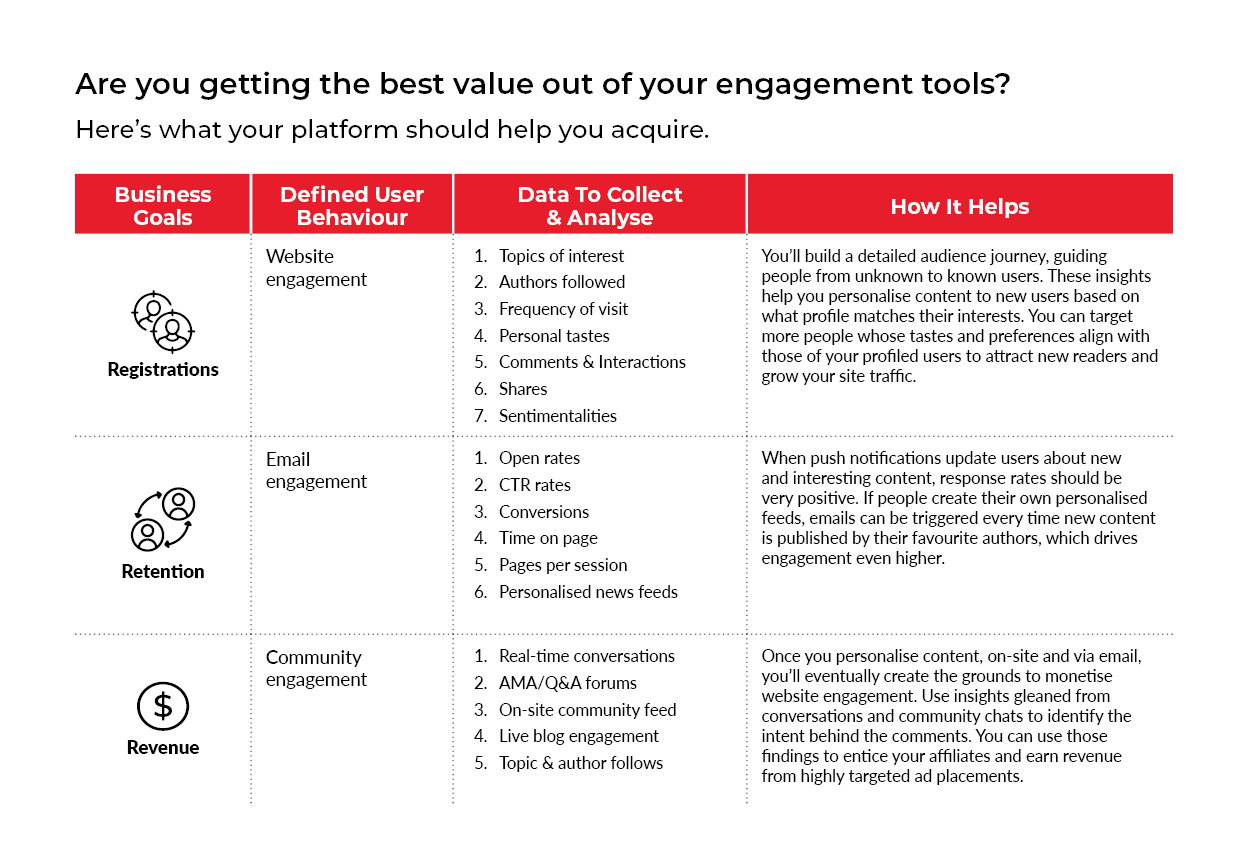Let’s say you’ve effectively done all of the right things to acquire new subscribers. You’ve created really interesting content and pushed it out for your readers to consume. Before you know it, you’ve monetized your efforts with a new batch of converted paid subscribers.
That’s the good news, and an accomplishment that your publishing team should be proud to hold up as a gold medal. The journey doesn’t end when readers agree to subscribe, though. Once you have new subscribers, you need to monitor how actively engaged those subscribers are with the content on your website.
Who Are The Active Subscribers And Who Are The Sleeping Subscribers?
You want to organize your subscribers into different tiers based on their level of engagement with the website. Bucket users into labels of active subscribers, who are the ones that visit and engage the site on a near daily basis, and sleeping subscribers, which describes people who seldom return to the site after they become subscribers.
Your active subscribers are your highest valued customers with the greatest potential customer lifetime value (CLTV). These subscribers visit your site daily or weekly to consume fresh content, and they’ll often engage in community activities, such as commenting or participating in lively discussions with other readers. When the time comes for the subscription to renew, there’s little chance that a churn will occur instead.
On the other end of the spectrum are your “sleeping subscribers.” These subscribers have paid for a subscription, which is a good thing. According to your audience insights and analytics platforms, they haven’t visited the website since they completed the subscription form.
Studies have shown that sleeping subscribers make up approximately 40% of a publisher’s subscription base. Sleeping subscribers have the highest probability to churn before the subscription renewal, so it’s vitally important to re-engage and retain as many of those subscriptions as feasibly possible.
Remind Sleeping Subscribers Their Journey With Your Publication Has Only Begun
There’s an old saying in the publishing space that 80% of recurring revenue comes from 20% of paid subscribers. Essentially, this means that subscribers who are the most active and the most engaged with your content are responsible for providing the bulk of subscription revenue to your publication.
The driving reason for this challenge is that up to half of your existing subscriber base is not motivated to come back to the site. Once they complete the subscription, they feel their journey with your website has come to an end. As a successful publishing business, your job is to remind them that the journey has only begun.
According to the American Press Institute, only 31% of publishers target low-engagement subscribers with re-engagement campaigns before their subscription renewal dates come up. That means your business can be one of the three out of ten that forms a successful re-engagement strategy to convert the sleepers into active users.
Re-engagement is the most important step in this process. If subscribers are not engaged with your content, they’re likely to balk when the renewal charge comes up on their bank statements. A churn is likely to occur… Unless you can win them back over and remind them why they subscribed to your website in the first place.
First-Party Data Is The Alarm To Wake Sleeping Subscribers
Using an audience insights platform to collect first-party data, you have the necessary touchpoints to form rich audience profiles of your subscribers. Build those profiles so that you can gain a better understanding of how to wake up the sleepers.
You can view the articles they consumed that led them to go beyond the paywall. You can identify topics that resonated to drive the subscription in the first place. You can see what authors they followed, or community discussions they participated in that really shone a light on their passion for a subject.
All of these touchpoints are examples of first-party data that tell you what motivated your sleeping subscribers to pay for your content in the first place. Use that knowledge to build highly personalized emails and activate re-engagement campaigns to awaken those sleepers and guide them back to your publishing experience.
Send Personalized Emails To Shake The Sleepers Awake
Since you’ve collected the audience data and built out the profiles, you already know the best way to re-engage with your sleeping subscribers. Now, you just need to create the messaging to facilitate that re-engagement strategy.
Use your content recommendation module to pull out the articles that align with the topics which led your sleepers to initially subscribe for your content. Once the recommendation engine feeds you the suggestions, drop the links into highly personalized newsletter email templates. Create messaging that triggers the same passion as the articles that led the sleepers on their initial journey with your site to reinvoke those same feelings.
By reminding them of that experience, the sleepers will wake up and they’ll follow those links back to your site. This is when you can create a whole new personalized experience to convert sleeping subscribers into active subscribers with the highest CLTV potential.














